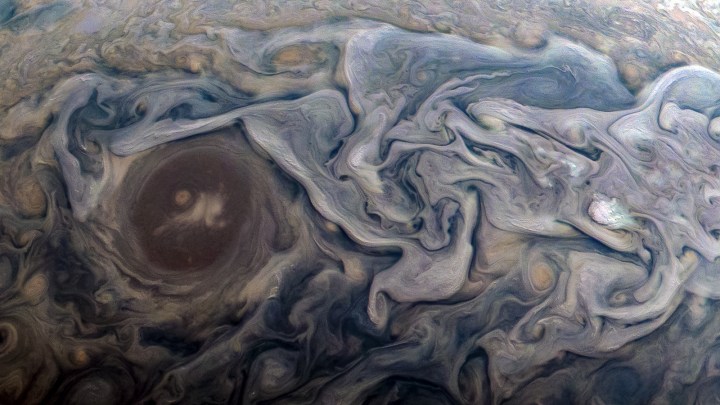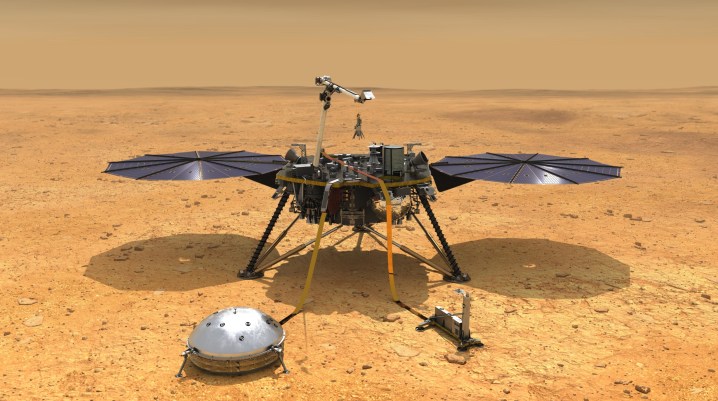NASA has announced it is extending the missions of two of its spacecraft that are exploring the solar system: The Juno spacecraft in orbit around Jupiter and the InSight lander located on Mars. Both will continue their operations to learn more about their respective planets.
Juno was launched in 2011 and was originally intended to study Jupiter from its arrival in 2016 to 2018. But when it arrived, the craft entered a different orbit around the planet than had been planned, so its mission was extended until 2021. The operators had to perform a nail-biting maneuver to “jump” the planet’s shadow in 2019, to ensure that its solar panels collected enough light to continue operations. With that success, the spacecraft can continue its work, and its mission has now been extended until 2025 or until the end of its life.

Juno is observing Jupiter’s moons as well as the planet itself, as has so far made fascinating discoveries about Jupiter’s atmosphere, the strange storms at the planet’s southern pole, and the mapping poles of its moon Ganymede. It has also captured some of the most beautiful images of the planet ever seen.
As for InSight, the lander was launched in 2018 and landed on Mars later that year. It settled onto the Martian surface and began collecting data about marsquakes that shake the planet and which can give clues to its interior structure. It has had trouble digging one of its instruments into the unexpectedly sticky soil where it landed, but engineers are making progress in getting the instrument buried so it can collect data about temperatures beneath the surface. One of InSight’s most enjoyable findings was audio of the sounds of Mars created from data captured by its seismometer.

Now, InSight will continue its mission for two more years until December 2022. As well as collecting more data on marsquakes, it will act as a weather station, along with the rovers Curiosity and the soon-to-be-landed Perseverance, to learn more about the weather on Mars.
“The Senior Review has validated that these two planetary science missions are likely to continue to bring new discoveries, and produce new questions about our solar system,” said Lori Glaze, director of the planetary science division, in a statement. “I thank the members of the Senior Review panel for their comprehensive analysis and thank the mission teams as well, who will now continue to provide exciting opportunities to refine our understanding of the dynamic science of Jupiter and Mars.”
Editors' Recommendations
- NASA is looking for volunteers for yearlong simulated Mars mission
- NASA’s Psyche mission launches to explore a metal asteroid
- NASA declares Mars InSight lander mission officially over
- NASA’s Juno spacecraft to investigate Jupiter’s volcanic moon Io
- Watch NASA’s cinematic video of the Artemis I moon mission




